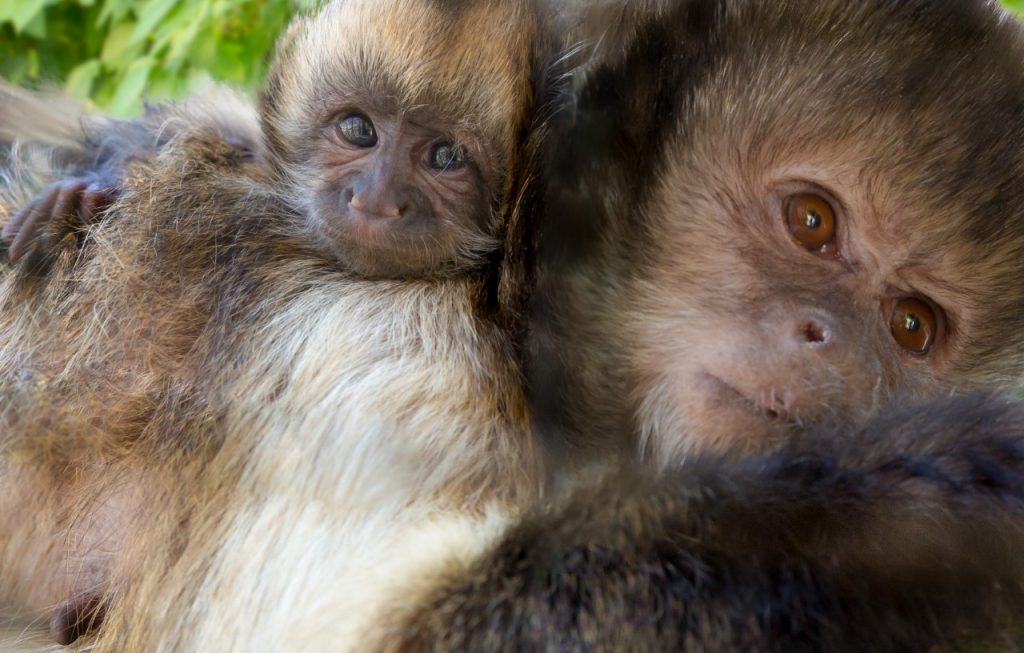Ideal protein and zoo carnivores: further considerations for optimizing diets
Citation
Dierenfeld ES, Wedekind KJ, Middelbos I. 2011. Ideal protein and zoo carnivores: further considerations for optimizing diets. In Ward A, Coslik A, Maslanka M, Eds. Proceedings of the Ninth Conference on Zoo and Wildlife Nutrition, AZA Nutrition Advisory Group, Kansas City, MO.
Abstract
Carnivorous zoo species are often fed “natural product” diets, i.e. raw meat-based meals for large felids, whole vertebrate prey, entire fish for aquatic or otherwise piscivorous species, and/or a variety of invertebrates consumed by insectivores. In general, these types of diets contain relative excess protein compared to nutritional requirements established for domestic cats and dogs, (NRC, 2006) or production species such as mink, (Sandbol et al., 2004) with little emphasis on specific amino acid balance. Nonetheless, balanced amino acids and proper protein:energy ratios are essential to optimal health and nutrition (Wedekind, 2011). Ideal protein ratios, generally established relative to lysine as the first limiting amino acid, (Baker and Czarnecki-Maulden, 1991) vary across species (Baker and Czarnecki-Maulden, 1991; Kaushik, 1998; Sandbol et al., 2004) even within largely carnivorous species. (Table 1) Review of compositional data from common raw meats suggests possible differences in amino acid (AA) profiles between domestically-reared livestock species and equivalent “wild” meat species (Tables 2 and 3). (USDA, ARS) Nonetheless, all meats examined, regardless of source, appear to be limiting in arginine (Arg), leucine (Leu), sulfur AA (SAA) methionine plus cysteine (Met + Cys), and phenylalanine plus tyrosine (Phe + Tyr), compared to requirements established for obligate carnivores. Amino acid composition data on whole prey are not common in the literature, but data from a variety of invertebrate prey commonly fed in zoos suggest that SAA are also first limiting in these food items, followed by Arg (as determined by ideal ratios, compared to rat requirements (Finke, 2001).
 05_Dierenfeld.pdf 127 KB
05_Dierenfeld.pdf 127 KB








